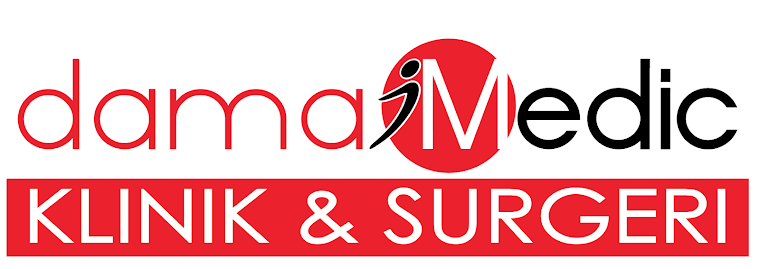Ischaemic heart diseases, which occur when arteries of the heart cannot deliver enough oxygen-rich blood to the heart, continued to be the main cause of death in Malaysia last year with a total of 18,267 deaths or 15.6% of total deaths from various causes, the latest Statistics on Causes of Death in Malaysia released by the Department of Statistics Malaysia (DOSM) revealed.
It was the principal cause of death for males in Malaysia with 12,510 deaths (17.8%) while for females, the principal cause of death was pneumonia with 6,033 deaths (12.8%), it said.
Last year, 172,031 total deaths from various causes were recorded, an increase of 2.3% compared to 168,168 in 2017, it said.
“On average, 50 persons in Malaysia die of ischaemic heart diseases every day,” DOSM said in the statistics released yesterday.
According to the National Heart, Lung and Blood Institute in the United States, the most common type of ischaemic heart diseases is coronary heart disease (also known as coronary artery disease).
It is caused by the build-up of plaque inside the coronary arteries. The build-up can partially or totally block blood flow in the large arteries of the heart. The condition may be caused by disease or injury which affects how the arteries work in the heart.
Coronary microvascular disease is another type of ischaemic heart diseases which occurs when the heart’s tiny arteries do not function normally.
Risk factors include smoking, high blood pressure, high cholesterol, diabetes, being physically inactive, overweight or obese, and family history.
DOSM said ischaemic heart diseases were the principal cause of death in 90 administrative districts in Malaysia and the highest percentage was recorded in Petaling, Selangor (16.3%).
Urban areas recorded 12,101 cases, double that in rural areas (6,166 cases), it said.
Pneumonia was the principal cause of death in 48 administrative districts with the highest percentage recorded in Kota Setar, Kedah (17.8%).
The number of deaths due to ischaemic heart diseases in Malaysia in 2010 was 9,371 and the figures increased gradually through the years. The jump increased more prominently from 2016 to 2017 (13.9%) and from 2017 to 2018 (15.6%).
After ischaemic heart diseases, the second main cause of death last year was pneumonia (11.8%), followed by cerebrovascular diseases (7.8%), transport accidents (3.7%) and chronic lower respiratory diseases (2.6%).
On the main causes of death by age group, 4.8% of those aged 0 to 14 died of pneumonia and 20.4% of those aged 15 to 40 died in transport accidents.
The main cause of death among those above age 40 was ischaemic heart diseases: ages 41 to 59 (19.2%) and ages 60 and above (16.6%).
Reference: TheStar.com.my
The question now is: CAN WE DO SOMETHING ABOUT THIS SO THAT WE DON'T END UP AS JUST ANOTHER STATISTICS?
The answer is YES, but HOW?
- Early detection
- Early intervention
- Active prevention by modifying risk factors
- Adopting a healthy lifestyle



